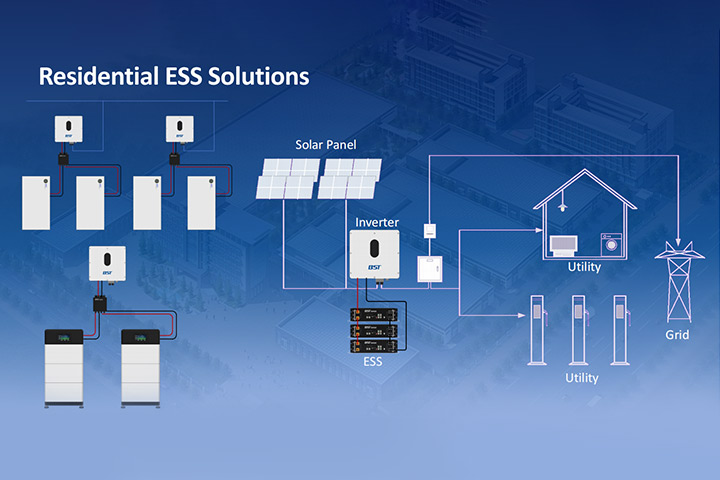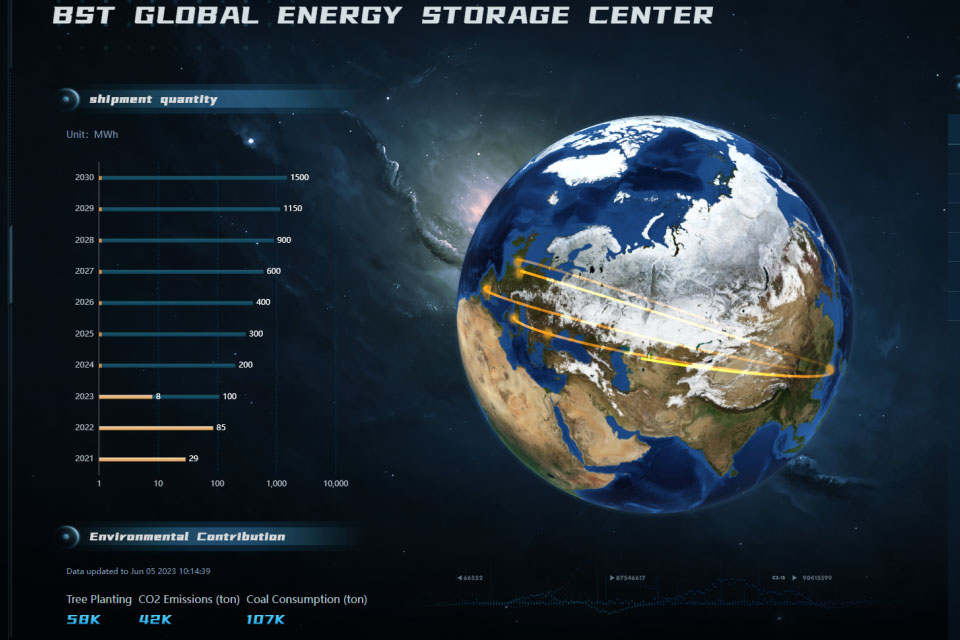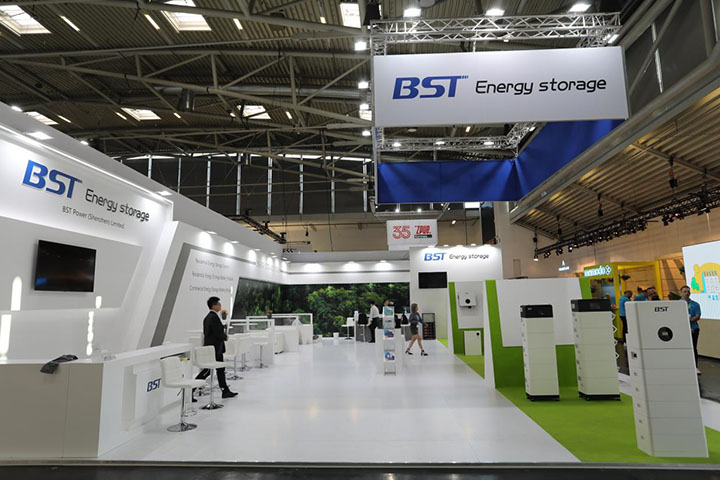In today’s world, carbon emissions are a major concern due to their impact on the environment and human life. But what exactly are carbon emissions, and why should we pay attention to them? This article will explain what carbon emissions are, what gases they include, how they are produced, and the consequences they bring. We will also discuss their role in global warming, their differences from air pollution, and what actions individuals and companies are taking to reduce them. Finally, we will highlight BST’s contributions to low-carbon development with its advanced battery technology.
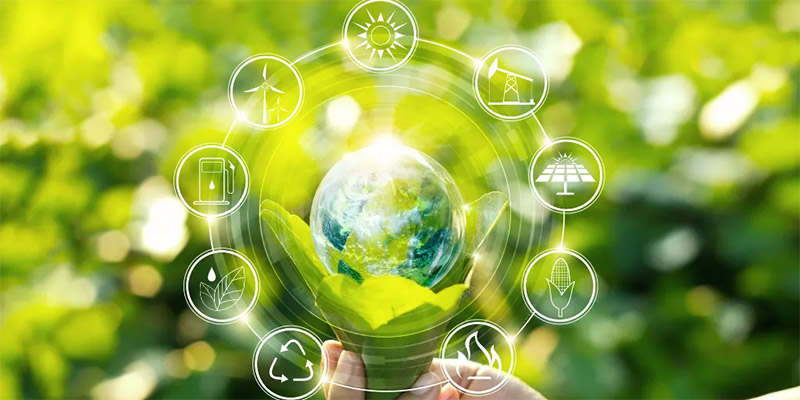
1. What Are Carbon Emissions?
When people talk about carbon emissions, they mostly refer to carbon dioxide (CO₂), the most abundant greenhouse gas released from burning fossil fuels like coal, oil, and natural gas. However, carbon emissions also include other greenhouse gases that trap heat in the Earth’s atmosphere. These emissions come from transportation, industries, power plants, deforestation, agriculture, and even household activities like heating and cooking.
Carbon emissions are a global issue because they accumulate in the atmosphere, impacting the climate worldwide. Even if a country reduces its emissions, the existing carbon in the air continues to affect global temperatures for decades. That is why reducing carbon emissions is an urgent international priority.
2. What Gases Are Included in Carbon Emissions?
While CO₂ is the most discussed greenhouse gas, carbon emissions include several other gases, each with different warming potentials:
1. Carbon Dioxide (CO₂):
- The largest contributor to global warming.
- Released mainly from burning fossil fuels (coal, oil, natural gas) and deforestation.
- CO₂ levels have risen from 280 ppm (pre-industrial era) to over 420 ppm today.
2. Methane (CH₄):
- A greenhouse gas 25 times more potent than CO₂ over a 100-year period.
- Produced from agriculture (livestock digestion), landfills, and oil and gas extraction.
- Affects climate faster than CO₂ but stays in the atmosphere for a shorter time.
3. Nitrous Oxide (N₂O):
- Has a warming potential 300 times greater than CO₂.
- Emitted from synthetic fertilizers, fossil fuel combustion, and some industrial processes.
4. Fluorinated Gases (F-gases):
- Includes hydrofluorocarbons (HFCs), perfluorocarbons (PFCs), and sulfur hexafluoride (SF₆).
- Used in refrigeration, air conditioning, and industrial applications.
- Though present in small quantities, they have an extreme warming potential (up to 23,000 times stronger than CO₂).
3. What Causes Carbon Emissions?
1. Burning Fossil Fuels
The main source of carbon emissions is burning coal, oil, and natural gas for energy. Power plants, industries, and transportation heavily rely on these fuels, leading to massive CO₂ emissions.
2. Deforestation
Forests act as carbon sinks, absorbing CO₂ from the atmosphere. Cutting down trees for agriculture, urban expansion, or logging releases stored carbon into the air and reduces the planet’s ability to absorb future emissions.
3. Industrial Production
Industries like cement, steel, and chemical manufacturing emit CO₂ as a byproduct. The production of cement alone accounts for 8% of global CO₂ emissions.
4. Agriculture and Livestock Farming
Livestock farming produces methane due to the digestive process of animals like cows and sheep. Additionally, fertilizers used in farming release nitrous oxide, a highly potent greenhouse gas.
5. Waste Decomposition
When organic waste decomposes in landfills, it produces methane. Poor waste management contributes significantly to emissions.
4. How Do Carbon Emissions Impact the Environment and Life?
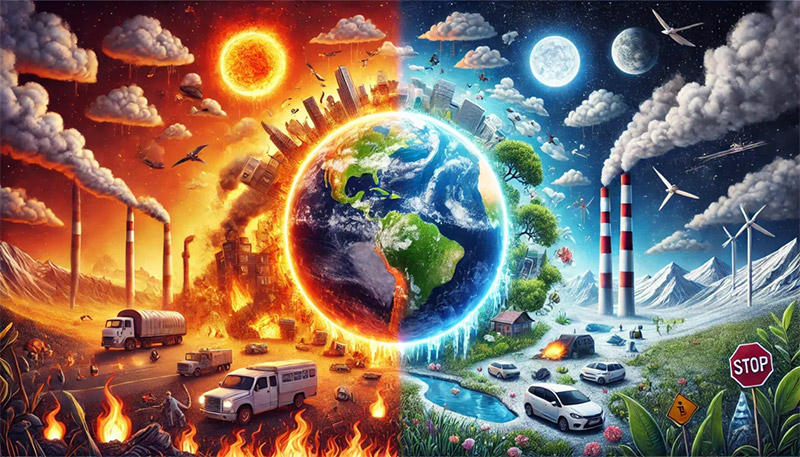
1. Extreme Weather Events
Rising global temperatures lead to more frequent hurricanes, floods, droughts, and wildfires, causing destruction and economic losses.
2. Melting Ice and Rising Sea Levels
Polar ice caps and glaciers are melting, causing sea levels to rise. This threatens coastal cities and islands, leading to displacement of millions of people.
3. Reduced Agricultural Productivity
Irregular rainfall and droughts affect crop yields, leading to food shortages and higher prices. Some areas may become unsuitable for farming altogether.
4. Health Issues
Rising temperatures contribute to heat strokes, respiratory diseases, and the spread of infectious diseases like malaria and dengue.
5. Biodiversity Loss
Changing climates affect ecosystems, causing species extinction and loss of natural habitats for many animals and plants.
5. How Do Carbon Emissions Contribute to Global Warming?
Carbon emissions trap heat in the Earth’s atmosphere, creating the greenhouse effect. Since the Industrial Revolution, human activities have significantly increased greenhouse gas levels, causing global temperatures to rise by 1.2°C. If this trend continues, the Earth could warm by more than 2°C by 2050, leading to catastrophic environmental consequences.
6. How Are Carbon Emissions Different from Air Pollution?
- Carbon emissions mainly refer to gases like CO₂ that contribute to climate change.
- Air pollution includes harmful pollutants (e.g., sulfur dioxide, nitrogen oxides, particulate matter) that cause immediate health problems.
- Some pollutants, like methane, contribute to both global warming and air pollution.
7. What Are People Doing to Reduce Carbon Emissions?
1. Transitioning to Renewable Energy
Solar, wind, and hydroelectric power are replacing fossil fuels to generate electricity.
2. Improving Energy Efficiency
Industries, homes, and vehicles are becoming more energy-efficient through modern technologies.
3. Using Electric Vehicles (EVs)
EVs produce 50% less CO₂ compared to gasoline-powered cars.
4. Sustainable Agriculture and Reforestation
Better farming practices and tree-planting efforts help absorb CO₂.
5. Carbon Capture and Storage (CCS)
Industries are developing technologies to capture CO₂ emissions and store them underground.
8. 10 FAQs About Carbon Emissions (With Detailed Answers)
1. What are the biggest sources of carbon emissions?
The top sources are fossil fuel combustion (coal, oil, and natural gas), deforestation, and industrial processes like cement and steel manufacturing. The transportation sector (cars, trucks, airplanes, ships) also contributes significantly to emissions.
2. How can individuals reduce carbon emissions?
People can reduce emissions by using public transport, driving electric vehicles, consuming less meat, choosing energy-efficient appliances, reducing waste, and supporting renewable energy sources like solar and wind.
3. Why is methane more dangerous than CO₂?
Methane (CH₄) has 25 times the warming potential of CO₂ over a 100-year period. It is released from livestock farming, natural gas leaks, and landfills. While methane remains in the atmosphere for a shorter time than CO₂, it traps much more heat.
4. Which countries emit the most CO₂?
China, the United States, and India are the top three CO₂ emitters. However, when measured per capita, countries like the U.S., Australia, and Saudi Arabia have higher emissions than developing nations.
5. Can planting trees offset carbon emissions?
Yes, forests act as carbon sinks by absorbing CO₂. However, reforestation alone cannot solve climate change. Cutting global carbon emissions is still necessary, as trees take decades to absorb significant amounts of CO₂.
6. Do electric cars reduce emissions?
Yes, EVs produce far fewer emissions than gasoline or diesel cars, especially when charged with renewable energy. Even when considering battery production, electric vehicles are still better for the environment than internal combustion engines.
7. Is carbon neutrality achievable?
Yes, but it requires a massive global effort. Carbon neutrality means balancing CO₂ emissions with carbon removal (e.g., through tree planting or carbon capture). Countries and companies are working toward net-zero targets by 2050.
8. What is a carbon tax?
A carbon tax is a fee imposed on carbon emissions to encourage businesses and individuals to reduce their carbon footprint. By making fossil fuels more expensive, it incentivizes clean energy solutions.
9. How does diet impact carbon emissions?
The food industry contributes heavily to emissions. Beef production, for example, releases 10–20 times more CO₂ per kilogram than plant-based foods. Eating less meat, especially beef and lamb, can significantly reduce an individual’s carbon footprint.
10. What is net-zero carbon?
Net zero means a balance between carbon emissions and removal. This can be achieved through energy efficiency, renewable energy, carbon capture technologies, and reforestation. Many countries and companies aim to reach net zero by 2050.
9. BST’s Commitment to a Low-Carbon Future
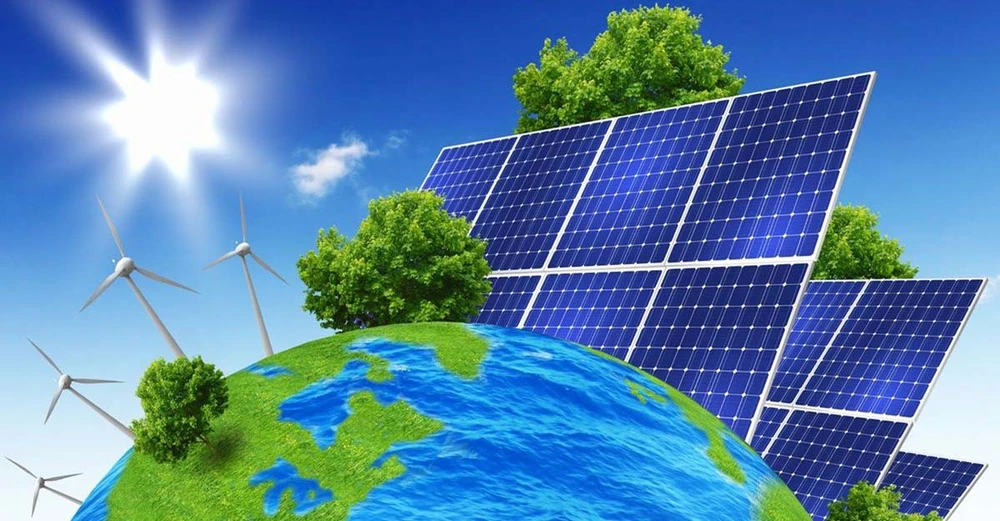
As a leader in new energy battery technology, BST is dedicated to sustainable energy solutions. BST’s high-efficiency lithium batteries support solar energy storage, electric vehicles, and off-grid power systems, helping reduce reliance on fossil fuels.
By focusing on innovation, energy efficiency, and long-term sustainability, BST contributes to a low-carbon, greener planet for future generations. Through continuous improvements in battery technology, BST empowers industries and individuals to transition to cleaner energy sources, making the world a better place for all.
A greener future starts with responsible choices today. 🌍💚

